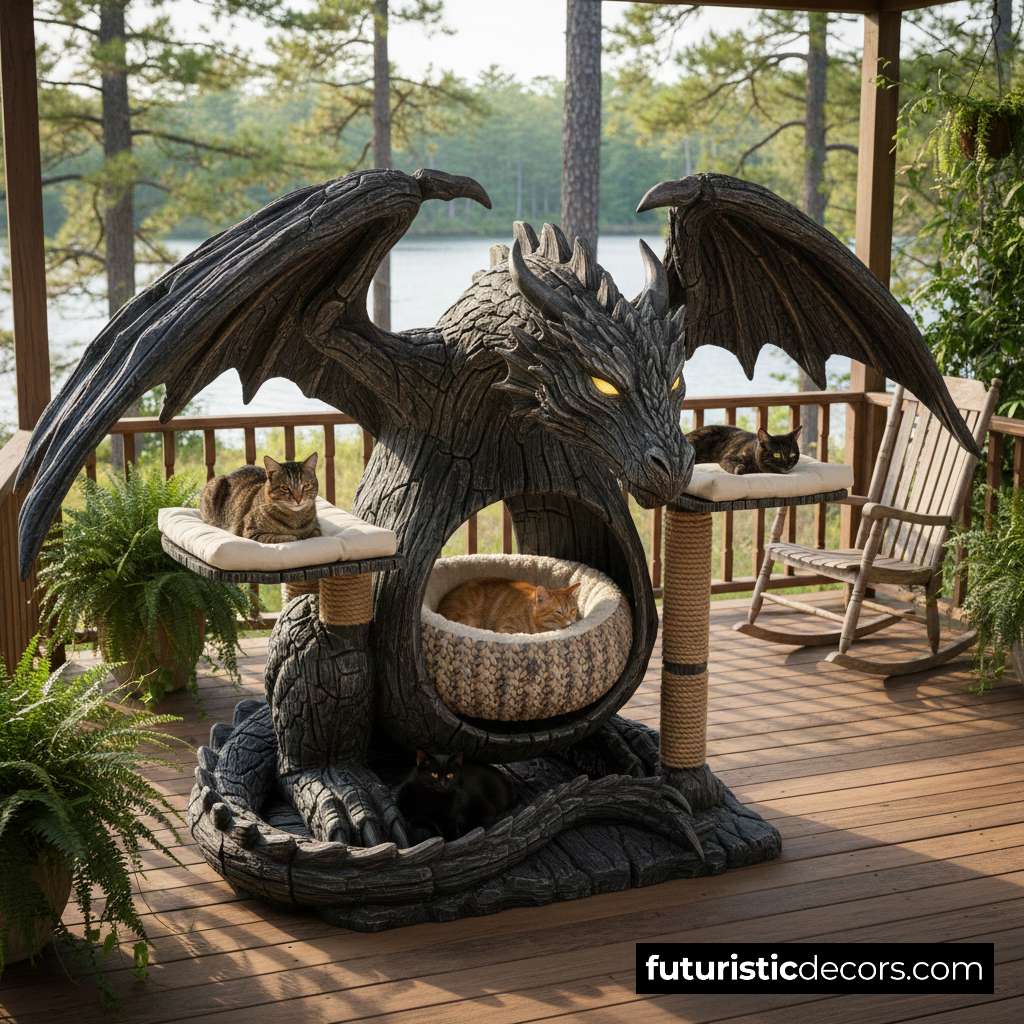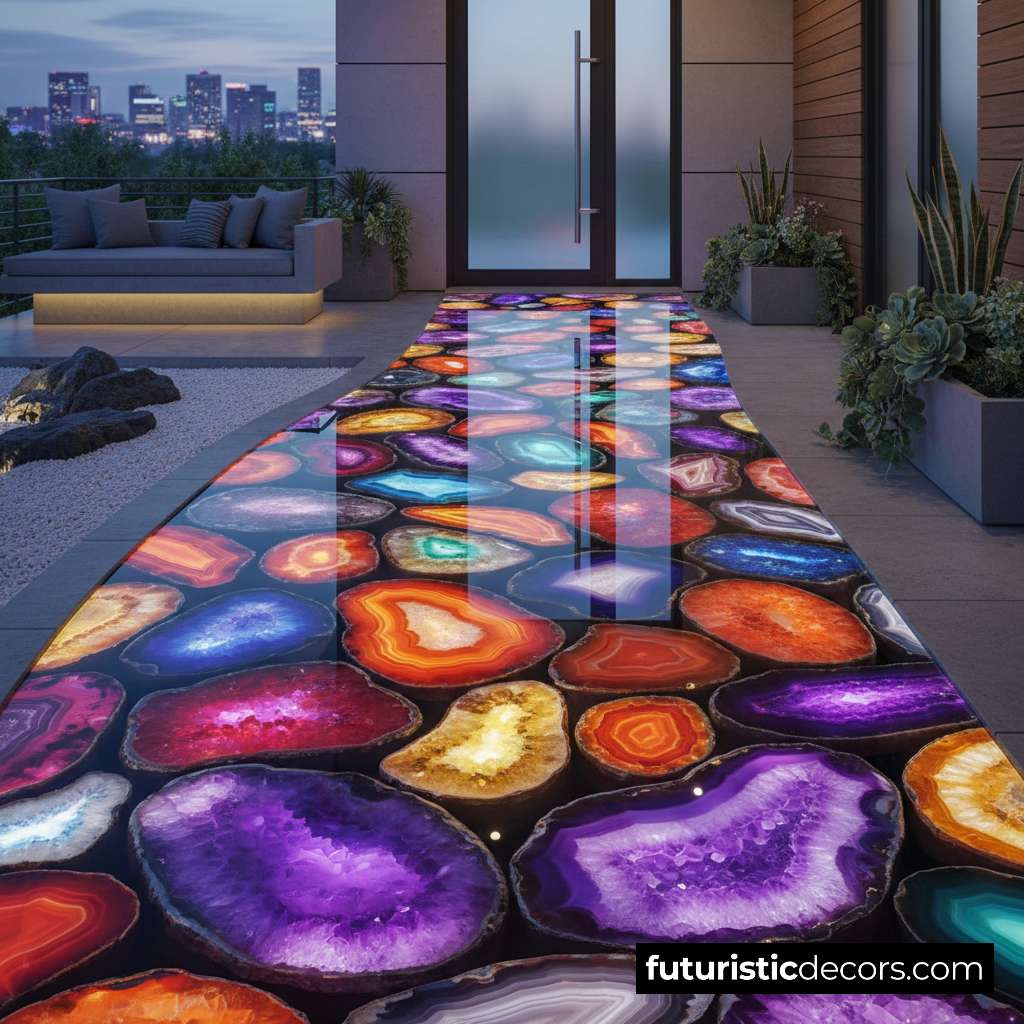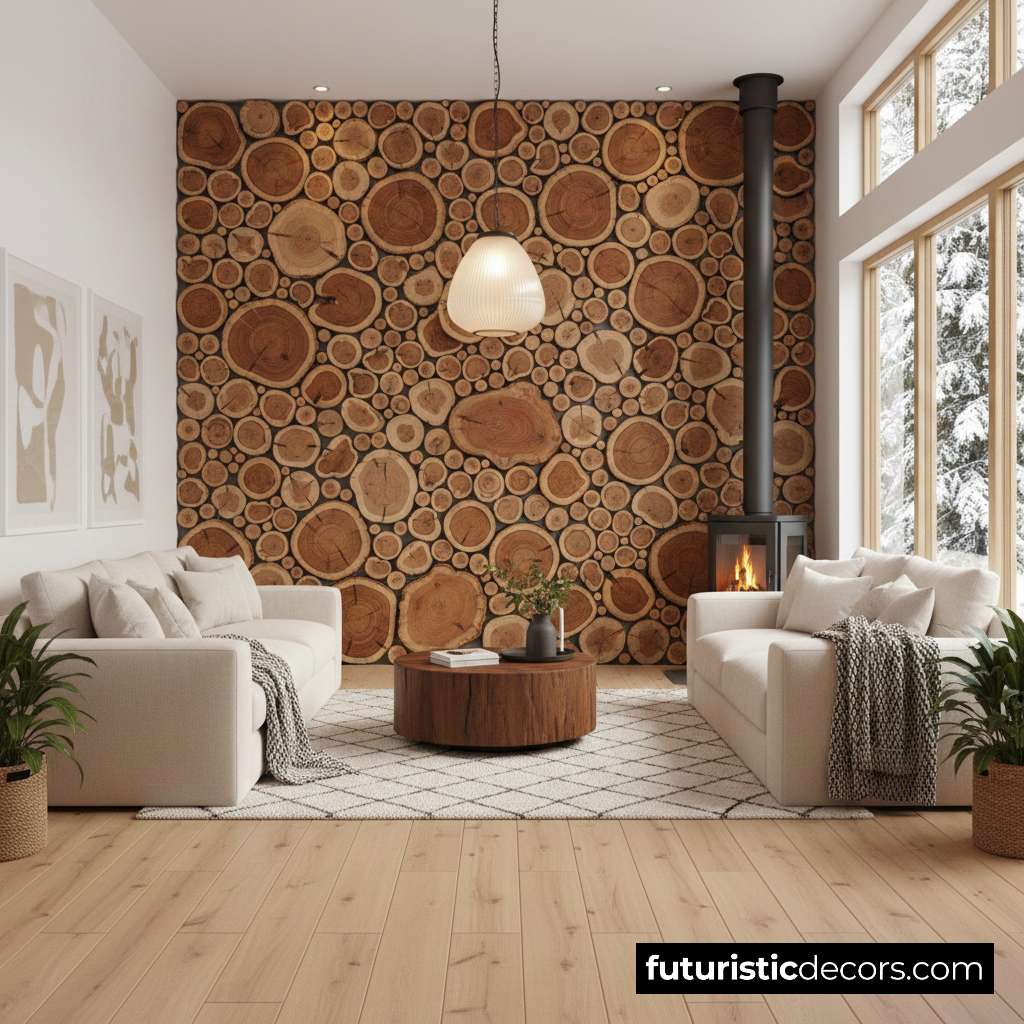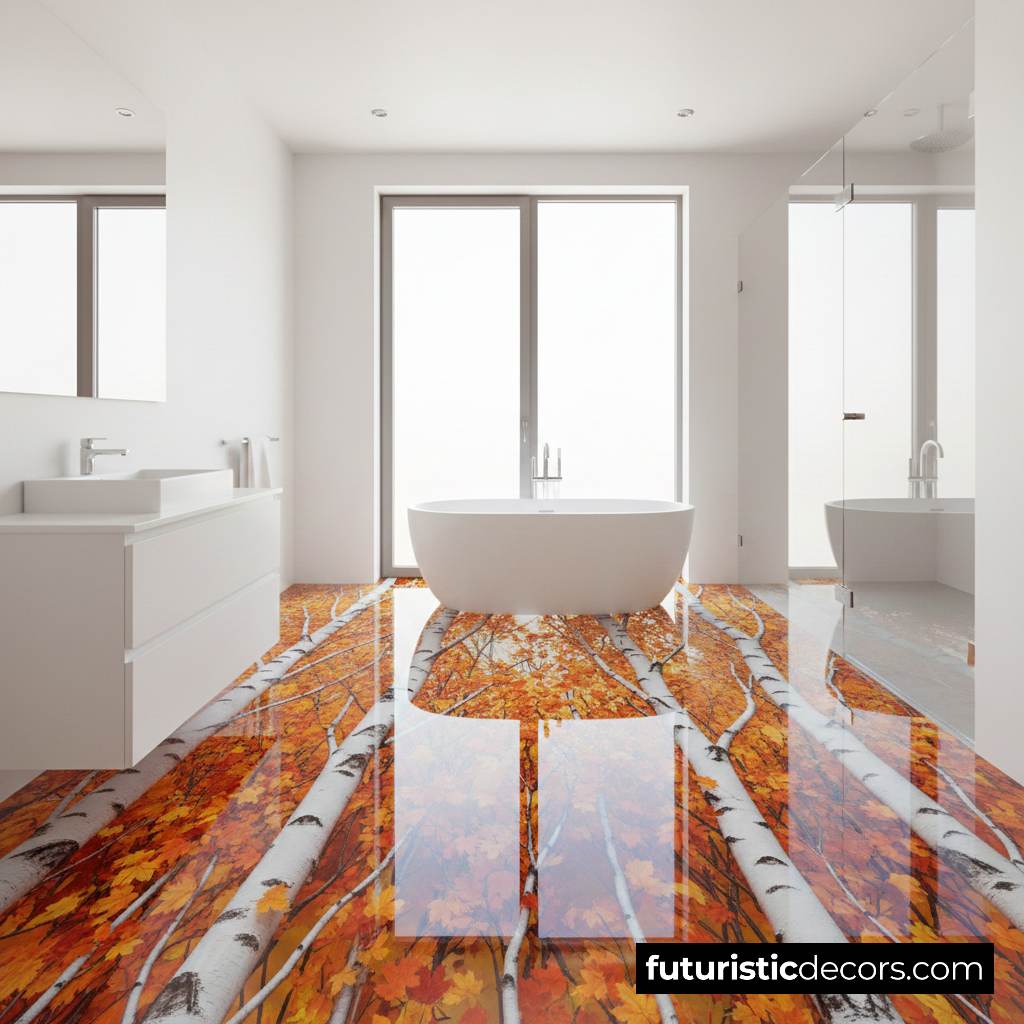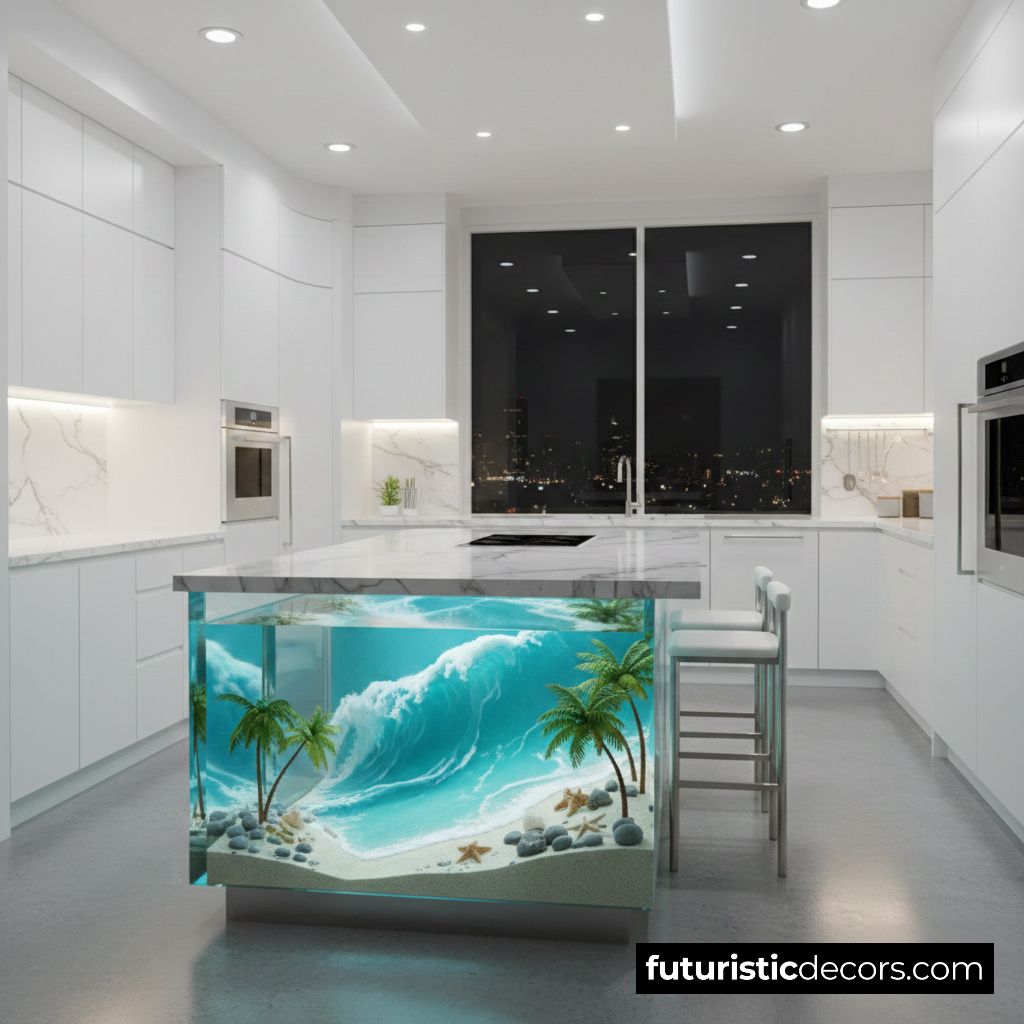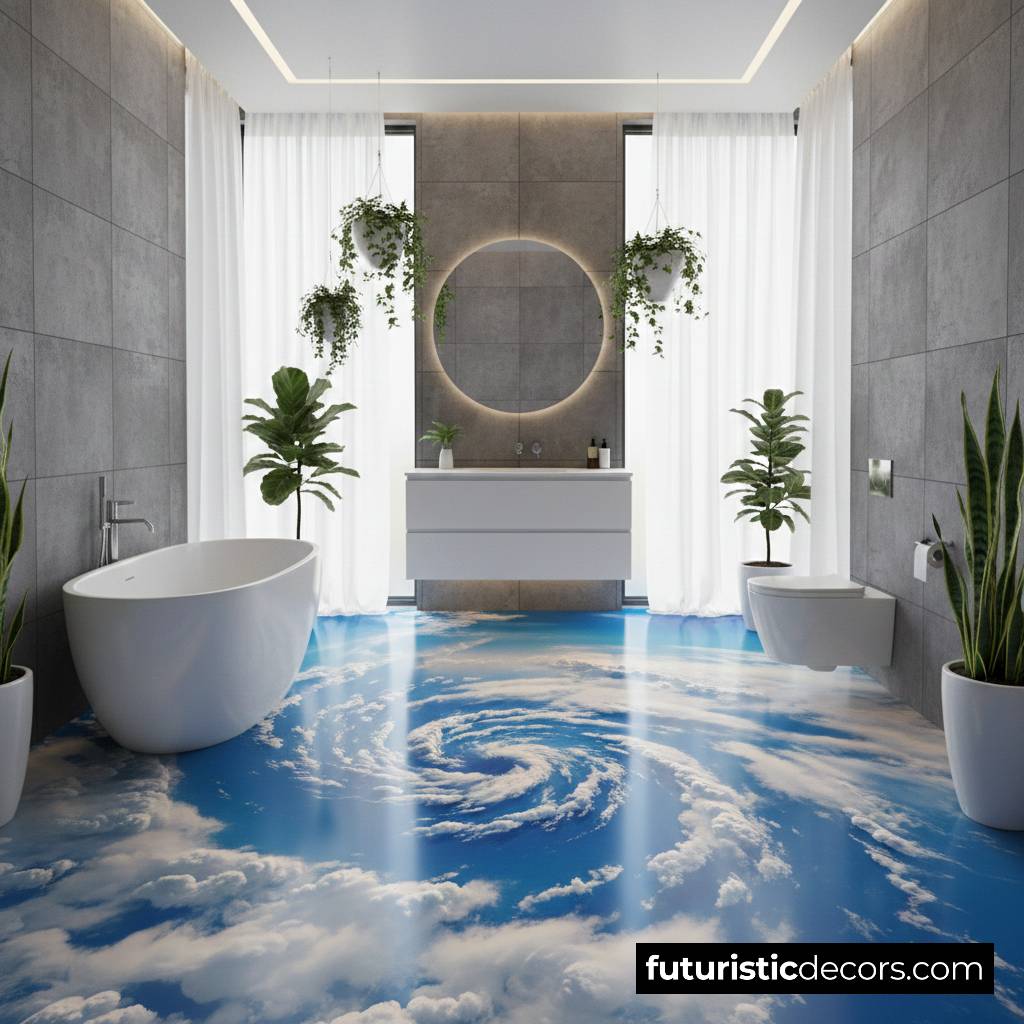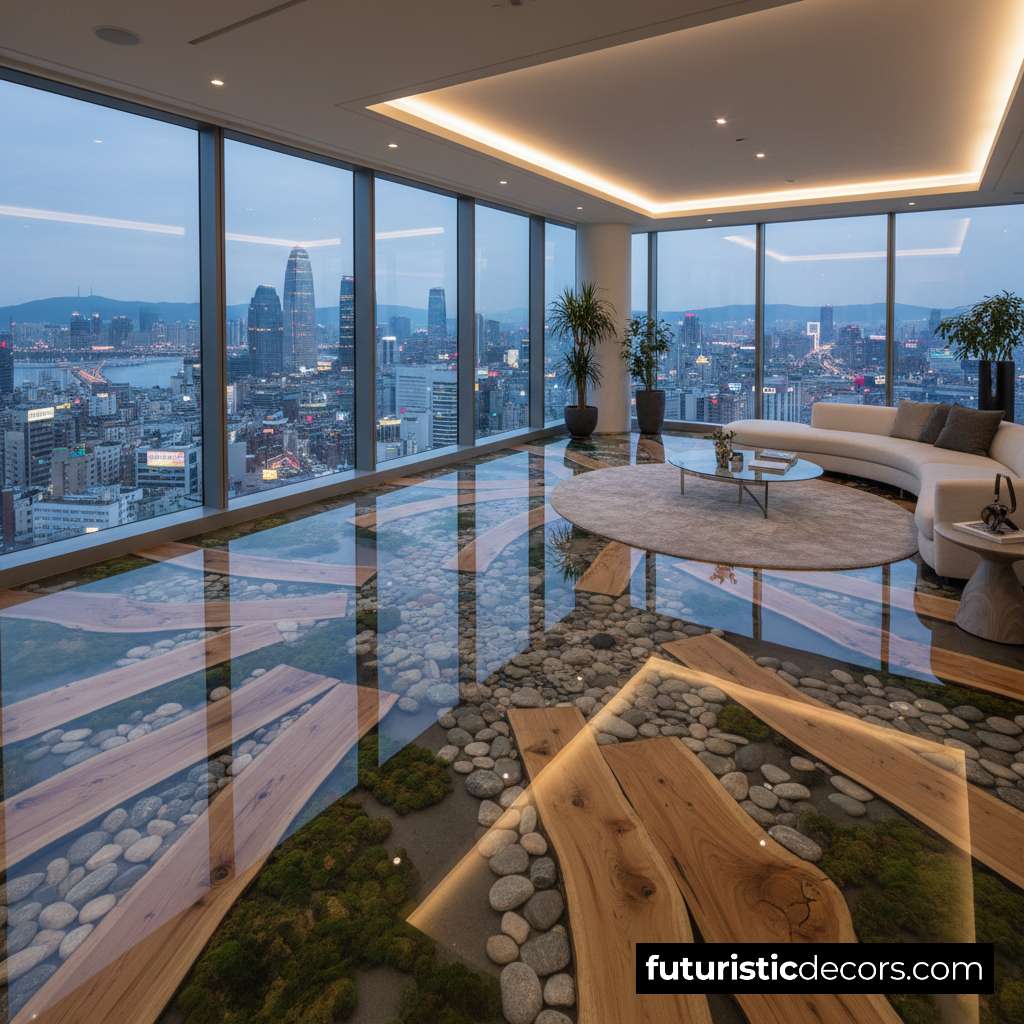Backyard leisure has evolved far beyond the traditional swimming pool or standalone spa. Today’s homeowners crave features that blend relaxation, warmth, and ambiance into one spectacular centerpiece. Enter the Fire pit Hot Tub—a show-stopping hybrid that marries the primal allure of flickering flames with the soothing embrace of steamy water. This article dives deep into every facet of the concept, from design inspiration and material choices to safety, maintenance, and buying tips, giving you everything you need to transform an ordinary yard into an extraordinary retreat.
1. What Exactly Is a Fire pit Hot Tub?
A Fire pit Hot Tub combines a wood- or gas-fueled fire feature with an integrated soaking basin. In most designs, the firebox or burner sits beneath, beside, or in the center of the tub, heating the water directly or via copper coils. The result is a self-contained luxury zone where friends can gather, toast marshmallows, and then slip into 104 °F / 40 °C bliss—all without leaving the circle of warmth or sacrificing precious patio real estate.
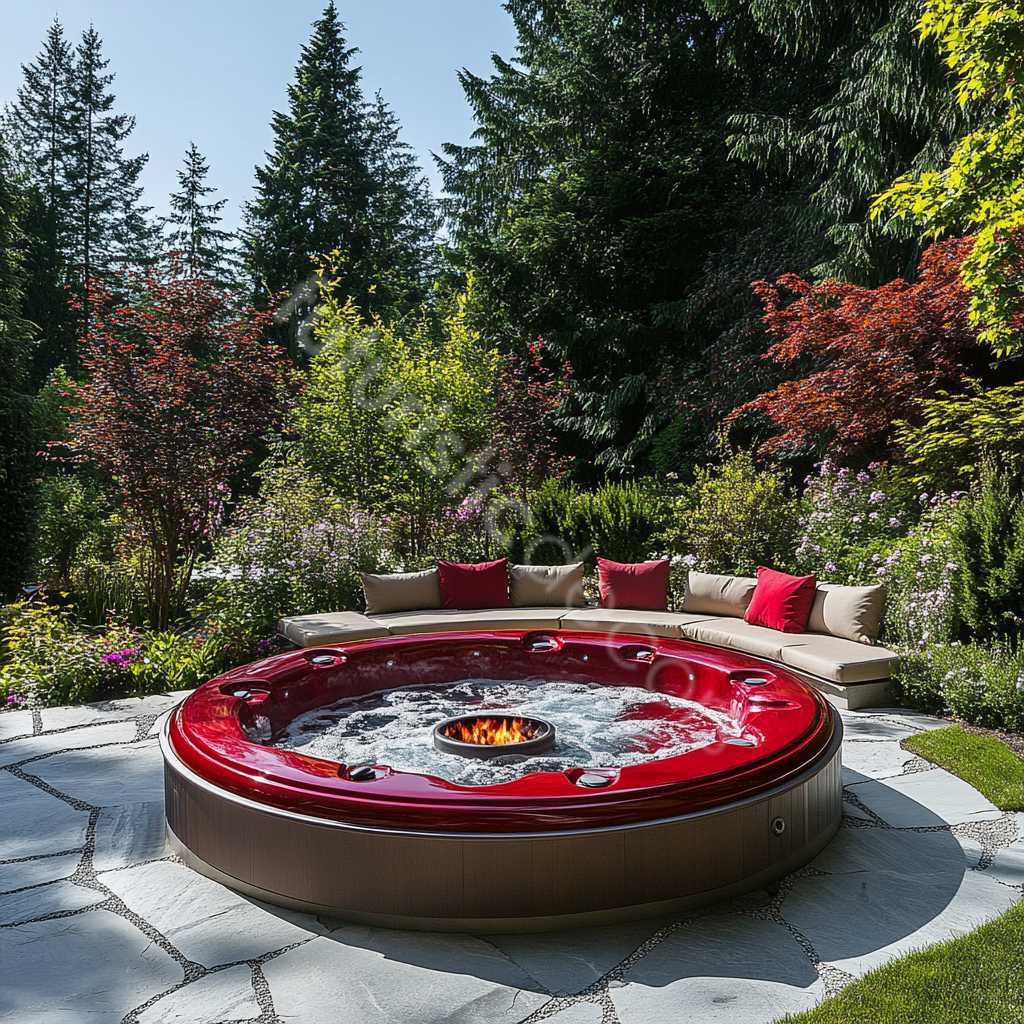
Imagine a rustic red-cedar tub with a raised copper cauldron at its heart. Flames dance in the cauldron, radiating warmth outward while hidden piping channels the heat through the tub’s water jacket. That perpetual campfire glow turns every soak into an artisan spa ritual.
2. The Rise of the Hybrid Backyard Feature
Several cultural and lifestyle shifts are fueling the Fire pit Hot Tub trend:
- Wellness at home – Since the pandemic, hydrotherapy and heat therapy have moved from day spas into residential yards.
- Space efficiency – Combining two premium features into one footprint frees up patio square footage.
- Year-round usability – Fire keeps winter gatherings cozy, while the tub is refreshing on cool summer nights.
- Social-media aesthetics – Dramatic flame-and-steam visuals dominate Instagram, driving homeowner interest.
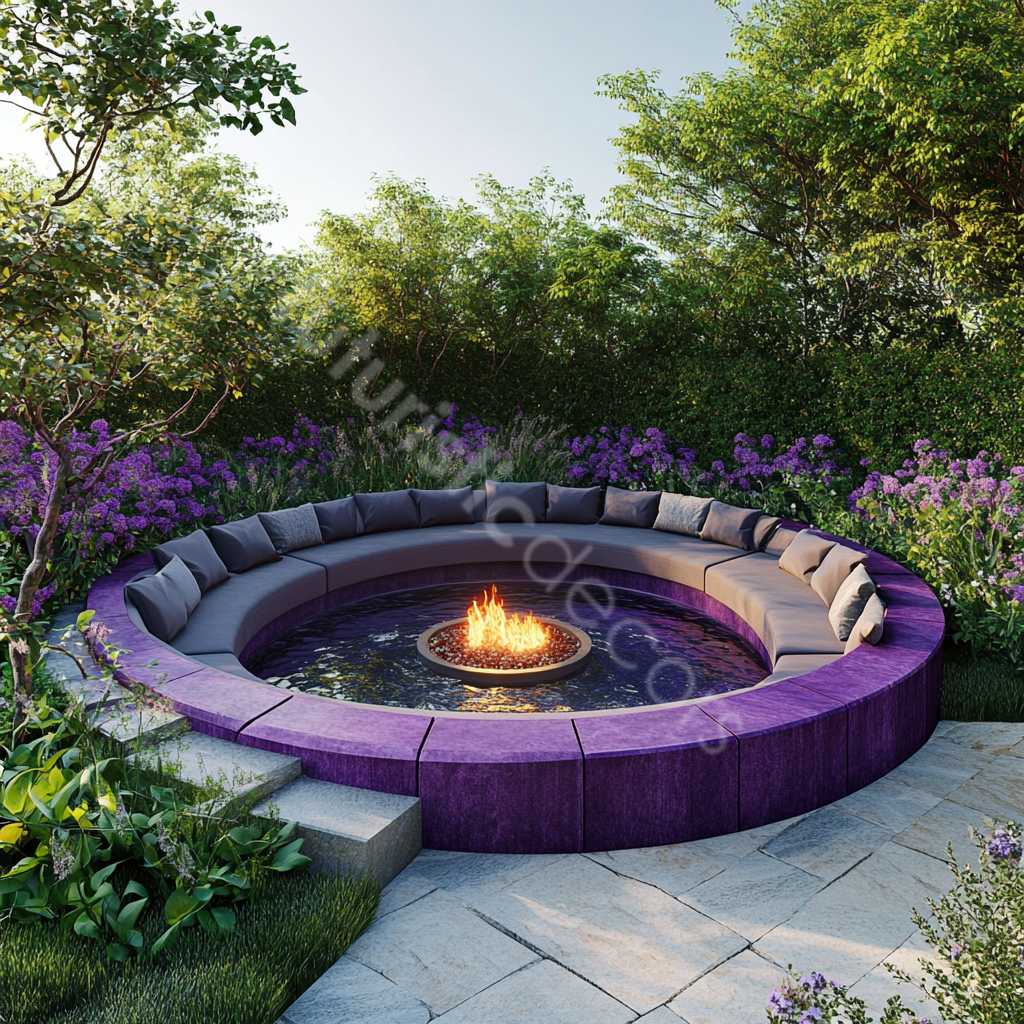
3. Benefits Beyond the Wow Factor
3.1 Hydrothermal Therapy
Hot water dilates blood vessels, reduces muscle tension, and releases endorphins. Adding radiant fire heat intensifies those effects, making the Fire pit Hot Tub a holistic recovery station for athletes and desk workers alike.
3.2 Energy Efficiency
Wood-fired models can reach target temperature in under two hours using renewable fuel. Many owners repurpose yard trimmings or sustainably sourced firewood, lowering utility bills compared to electric heaters.
3.3 Communal Connection
Gathering around fire is an ancient social ritual. Coupled with a tub, it encourages longer, more meaningful conversations—phones stay dry and out of reach.
3.4 Four-Season Entertainment
Where a pool may sit idle in January, a Fire pit Hot Tub shines brightest under snowflakes, converting chilly evenings into storybook memories.
4. Popular Configurations
| Configuration | Fire Placement | Heat-Transfer Method | Ideal For |
|---|---|---|---|
| Central Cauldron | Fire bowl rises through floor | Direct radiant + copper-coil jacket | Dramatic focal point, 4 – 6 bathers |
| Side-Mounted Stove | Wood stove attached externally | Gravity-fed thermosiphon | Compact decks, quick heat-up |
| Submerged Rocket Stove | Fire chamber under bench | Direct water contact via stainless coil | Off-grid cabins, wilderness retreats |
| Gas-Ring Perimeter | Circular burner inside rim | Flame licks copper manifold | Urban patios with natural-gas hookups |
Whichever style you choose, ensure components are rated for aquatic environments: marine-grade stainless, silicone gaskets, and UV-stable finishes.
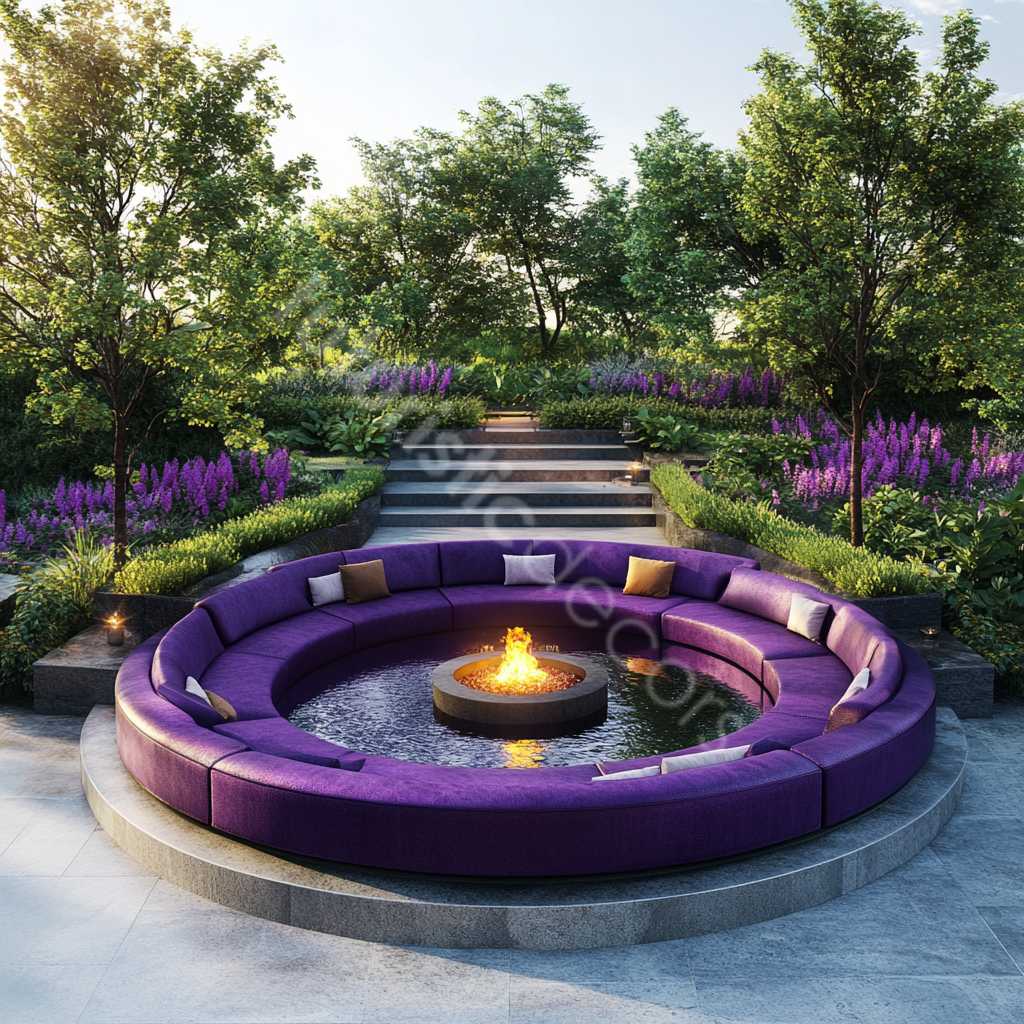
5. Choosing Materials That Last
Tub Shells – Western red cedar, teak, and thermally modified ash resist rot while exuding spa-like aroma. Composite polymers mimic wood grain with zero maintenance.
Fireboxes & Coils – 316 L stainless steel endures mineral-rich water and high heat. Corten steel offers a rugged patina but must be isolated from chlorinated water.
Insulation – Rigid closed-cell foam around the tub skirt conserves heat, slashing wood use by up to 30 %.
Seating & Decking – Ergonomic HDPE benches remain cool to the touch; ipe or bamboo decking frames the feature with slip-resistant elegance.
6. Fuel Choices and Heat Dynamics
6.1 Wood
Romantic crackle, aromatic smoke, and off-grid freedom—yet requires storage and ash cleanup. A 400-gallon tub usually burns 40-50 lbs of hardwood to reach 100 °F / 38 °C.
6.2 Propane
Push-button convenience and precise thermostatic control make propane popular in suburban zones. Expect consumption around 1 lb per ten minutes of full-burn heating.
6.3 Natural Gas
If your home already has a gas line, this is the lowest-maintenance option. Line your fire ring with black lava rock for optimal radiant output.
6.4 Bioethanol
Clean-burning and vent-free—ideal for smaller urban balconies—but flame height and BTUs are lower, extending heat-up time.
Understanding burn rate helps you size both the firebox and the heat-exchange surface for smooth temperature climbs without overshoot.
7. Safety First: Engineering a Worry-Free Oasis
Heat Shields – Stainless or stone panels deflect extreme temperatures away from bare legs. Maintain at least 18 inches of clearance around flames.
Water Circulation – Integrate a low-voltage pump to prevent thermal stratification so every bather enjoys uniform warmth.
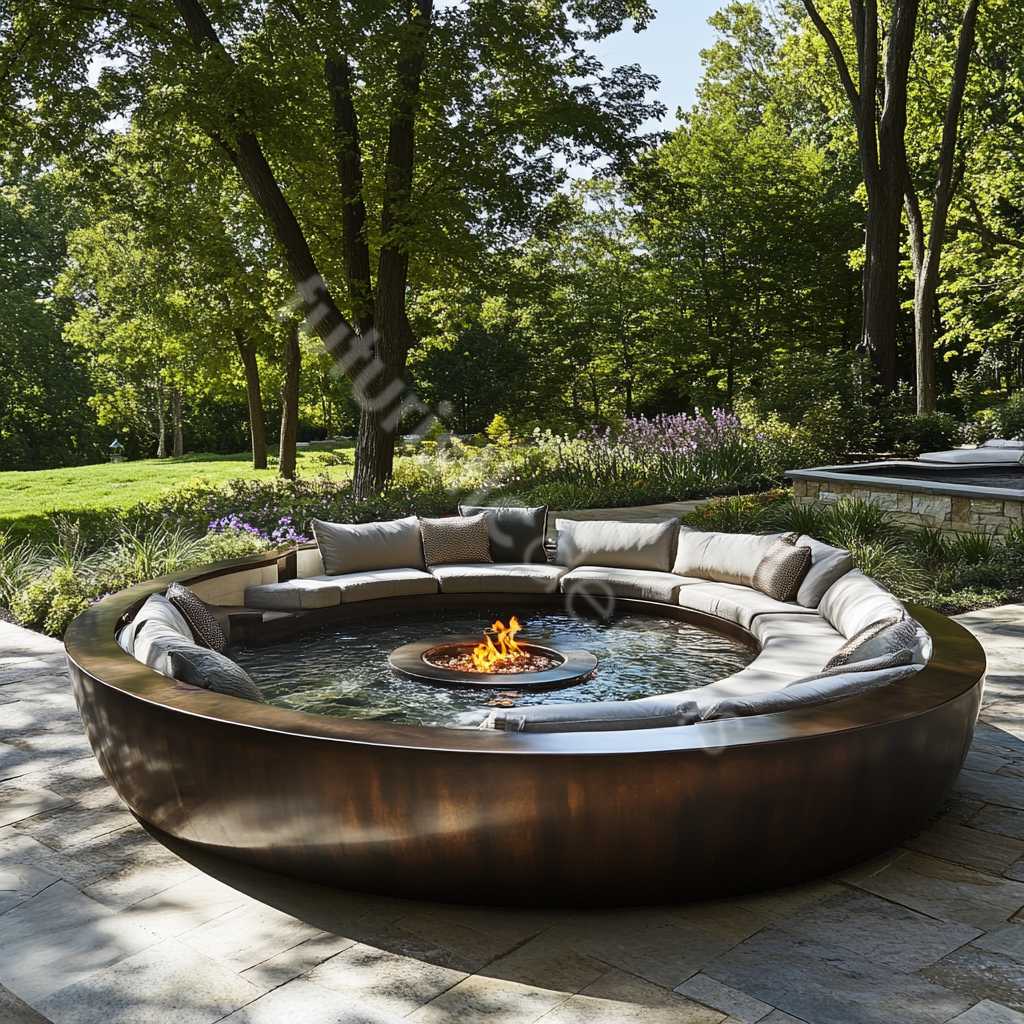
Ventilation – Wood stoves need a properly flashed chimney rising 2 ft above any roofline within 10 ft.
Overheat Shut-offs – Gas burners should pair with flame-failure valves and digital thermostats capped at 104 °F / 40 °C.
Childproof Latches – Hinged cedar covers or hard acrylic lids keep unsupervised kids out and preserve heat between sessions.
Many jurisdictions treat a Fire pit Hot Tub as both an open-flame appliance and a pool, so check dual permit requirements.
8. The Installation Journey: Step by Step
Site Selection – Level ground with drainage slope away from foundations; a 6-inch concrete pad is ideal.
Utilities & Footings – Run gas, water, and electrical conduits before the tub arrives.
Tub Assembly – For kit models, staves band together with stainless hoops; seal contact points with silicone.
Firebox Integration – Mount coils, pressure-test to 30 psi, then fire it slowly to temper materials.
Insulation & Cladding – Wrap vapor-barrier foil plus 2 inches of foam, then add cedar skirts or stone veneer.
Deck & Steps – Build wide, slip-resistant stairs for safe entry—even when holding drinks.
Water Fill & Cure Burn – Fill to the skimmer line, purge air pockets, then perform a low-fire seasoning burn.
Final Inspection – Test GFCI outlets and carbon-monoxide detectors, then train household users.
9. Operating Tips for Peak Performance
- Layer Your Wood – Kindling first, split hardwood next, dense log on top for steady BTU output.
- Stir, Don’t Sit – Every 20 minutes, swirl water with a cedar paddle to eliminate hot spots.
- Cover Wisely – Soft thermal blankets reduce evaporation but must be removed before firing.
- Seasonal Drains – In freezing climates, fully drain lines or run a tiny circulation pump at 50 °F / 10 °C.
- pH Balance – Keep water between 7.2 – 7.8; enzyme-based clarifiers beat chlorine in wood-fired tubs.
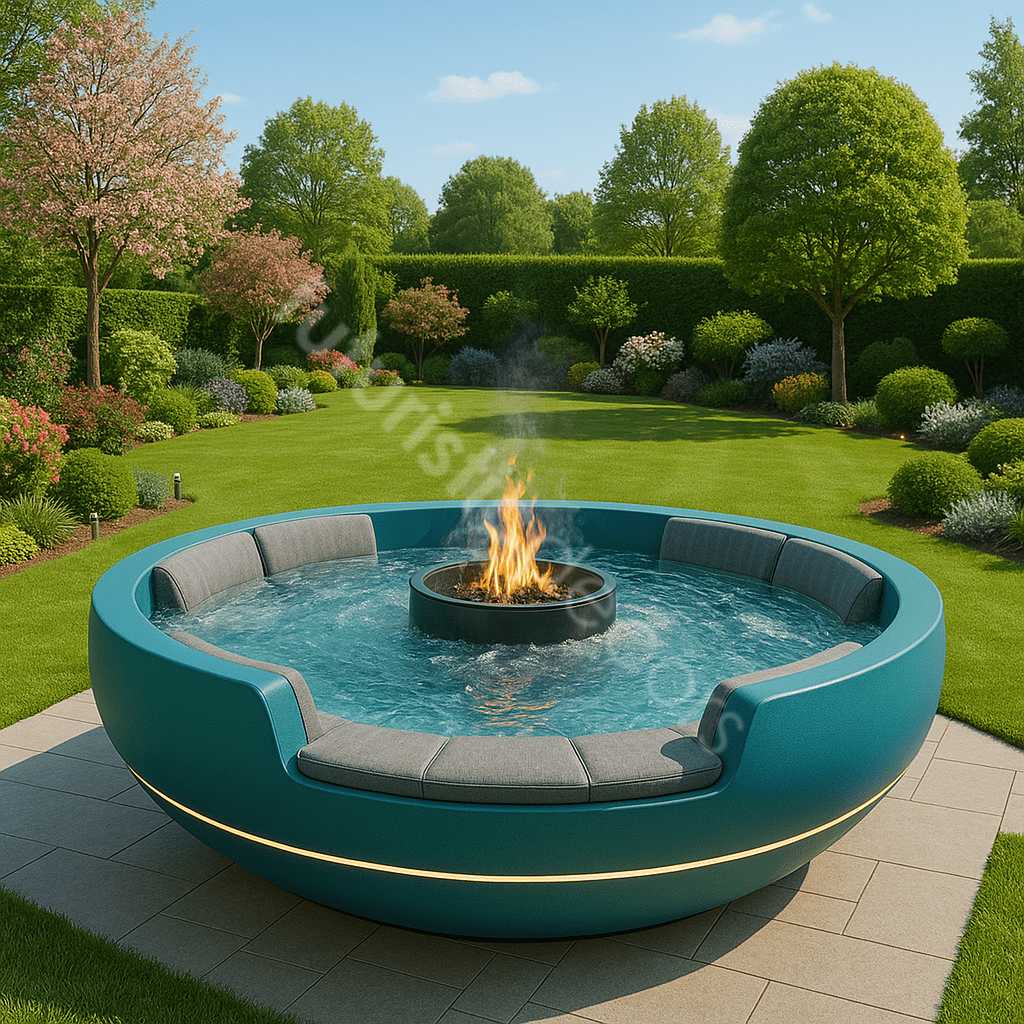
10. Accessorizing Your Fire pit Hot Tub
| Accessory | Purpose | Pro Tip |
|---|---|---|
| Floating Charcuterie Tray | Keeps snacks above waterline | Add a magnetic base so it doesn’t drift toward flames |
| LED Flame Rim Lights | Accentuates steam at night | Choose 2700 K warm white for campfire realism |
| Aromatic Cedar Infusions | Infuse water with natural oils | Use cedar sachets—never pour essential oils directly into the tub |
| Built-In Chiller Coil | Rapid cool-down for summer dunks | Route cold mains water through a secondary coil |
| Smart Thermostat App | Remote pre-heat scheduling | Integrate with voice assistants for hands-free control |
11. Cost Breakdown: From DIY to Designer
| Expense Category | DIY Wood-Fired | Mid-Range Gas | High-End Custom |
|---|---|---|---|
| Tub & Hoops | $1 400 | $3 200 | $6 500 + |
| Firebox/Burner | $600 | $1 200 | $3 000 |
| Plumbing & Pumps | $350 | $700 | $1 500 |
| Decking & Surround | $900 | $2 500 | $8 000 |
| Labor (if hired) | Free | $1 800 | $5 000 + |
| Total | ≈ $3 250 | ≈ $9 400 | $24 000 + |
A wood-fired Fire pit Hot Tub averages under $15 per three-hour session—far less than a night at a commercial spa.
12. Environmental Considerations
Source FSC-certified lumber, burn locally harvested firewood, and use low-chloride sanitizers. Rain-water catchment can supply up to 70 % of annual top-offs, slashing municipal usage.
13. Design Inspiration Gallery
Nordic Minimalist – Whitewashed pine tub encircled by a concrete bench that doubles as heat sink.
Desert Oasis – Terracotta-tiled rim, propane fire ring, and saguaros under starlight.
Jungle Retreat – Bamboo decking with hidden rocket stove and a koi-pond spillway.
Industrial Loft Patio – Galvanized-tank tub, matte-black supports, Edison bulb string lights.
Fairy-Tale Cottage – Stone-walled hearth integrated into a circular cedar tub beneath moss-covered beams.
14. Real-World Case Study
When the Delgado family of Portland upgraded their rain-soaked yard, they chose a side-mounted stove Fire pit Hot Tub crafted from reclaimed Douglas fir. Integrated LED steps, a gravity-fed thermosiphon coil, and a shimmering copper chimney turn winter nights into neighborhood events. The tub reaches 102 °F in just 90 minutes—half the time of their neighbor’s electric spa—while burning tree trimmings collected after every Pacific Northwest storm.
15. Frequently Asked Questions
How long does it take to heat a 400-gallon Fire pit Hot Tub? – 90 – 120 minutes, depending on wood species and ambient temperature.
Can I use chlorine? – Yes, but bromine or saltwater systems avoid bleach odor; always check coil guidelines.
Will smoke bother bathers? – A proper chimney and prevailing-wind analysis minimize smoke; gas systems eliminate it entirely.
Do I need a building permit? – Usually yes—one for the water vessel and another for the open flame.

What about resale value? – A stylish Fire pit Hot Tub can add 5 – 8 % to property value in temperate regions.
Is it safe for kids? – With supervision, locking covers, and max temp of 100 °F, yes.
How often should I change the water? – Every 3 – 4 months with weekly testing.
Can I retrofit an existing hot tub? – Possible but risky; purpose-built hybrids are safer.
Does rain douse the fire? – A vented stainless lid keeps the chamber dry without restricting airflow.
What warranties exist? – Premium makers offer 10-year structural coverage and 2- to 5-year burner warranties.
16. The Science Behind Hydrothermal Contrast
Alternating heat and cool stimuli triggers hyperemia: blood rushes from core to extremities and back, flushing metabolic waste and oxygenating muscles. With a Fire pit Hot Tub, you can orchestrate mini contrast sessions by moving from hot water to a chilled stone deck mere inches from the flames—boosting circulation and endorphins.
17. Detailed DIY Build Timeline
| Day | Task | Materials & Tools |
|---|---|---|
| 1 | Site excavation & gravel base | Shovel, plate-compactor, crushed granite |
| 2 | Forms & concrete pour | 2 × 6 lumber, rebar grid, quick-set mix |
| 3 | Drain & conduit layout | 2-in PVC, flex-pipe, ABS cement |
| 4 | Cedar stave assembly | Pre-cut staves, steel bands, mallet |
| 5 | Stove welding & coil bending | 14-gauge steel, TIG welder, copper tube |
| 6 | Insulation & vapor barrier | Reflectix foil, spray-foam |
| 7 | First water test & leak seal | Marine epoxy, garden hose |
| 8 | Deck framing & step construction | Treated lumber, deck screws |
| 9 | Chimney installation & flashing | Double-wall pipe, silicone boot |
| 10 | Final finish and LED lighting | Spar varnish, low-voltage kit |
18. Maintenance Schedule at a Glance
| Frequency | Task | Why It Matters |
|---|---|---|
| Each use | Skim debris; add enzyme clarifier | Prevents biofilm and cloudiness |
| Weekly | Test pH & sanitizer; empty ash pan | Balances water and improves heat efficiency |
| Monthly | Back-flush coil; oil cedar exterior | Maintains flow and wood hydration |
| Quarterly | Drain, scrub interior, inspect gaskets | Extends tub lifespan |
| Annually | Replace stove rope seal; service pump | Keeps safety and performance at peak |
19. Chemical Management in a Semi-Natural System
Because a Fire pit Hot Tub often has lower water turnover than a conventional spa, gentle sanitizers are preferred. Biguanide systems, silver-ion cartridges, or UV-C lamps reduce harsh chemicals. If you shock the water, wait until the fire is fully out—high temperatures accelerate oxidizer off-gassing.
20. Comparing Hybrids to Traditional Hot Tubs
| Feature | Fire pit Hot Tub | Standard Acrylic Spa |
|---|---|---|
| Heat Source | Wood / Gas fire | Electric heater |
| Operating Cost | Low – Moderate | Moderate – High |
| Aesthetic Appeal | Rustic, dramatic flames | Sleek molded shell |
| Off-Grid Capability | High (wood option) | Low |
| Eco Footprint | Renewable materials | Higher polymer content |
21. Cost-Savings Analysis Over Five Years
Assume a 400-gallon unit used three times weekly.
- Electric Spa – 6 kWh × 3 sessions × 52 weeks × $0.15 = $1 400 / year.
- Wood-Fired Hybrid – 45 lbs wood × 3 sessions × 52 weeks × $0.10 = $702 / year.
Refer to similar product models: Click here
Add chemical costs ($250 vs. $120). Over five years you save roughly $4 000—enough for premium landscaping.

22. Hosting the Perfect Tub Party
- Lighting – Edison bulbs accentuate steam vortices.
- Soundscape – Play mellow acoustic playlists that won’t compete with crackling logs.
- Seasonal Drinks – Cedar-infused hot toddies in winter; cucumber–mint spa water in summer.
- Towel Tree – Reclaimed-wood rack keeps linens toasty near the fire.
- Gourmet S’mores Station – Pre-skewer artisan marshmallows and dark chocolate so bathers can toast without leaving the water.
23. Landscaping & Lighting Integration
Strategically placed hardscape turns your Fire pit Hot Tub into a focal courtyard: radiant-heat paver pathways, moonlight-mimicking soffit lights, a whispering bamboo fountain, and vertical cedar privacy screens all elevate the sensory experience.
24. Troubleshooting Guide
| Symptom | Likely Cause | Quick Fix |
|---|---|---|
| Water heats unevenly | Blocked coil segment | Back-flush with garden hose |
| Excessive smoke nearby | Chimney too short | Add 2-ft section; install cap |
| Rapid heat loss | Cover gaps | Add weather-stripping; more insulation |
| Metallic taste | Low pH (< 7.0) | Raise pH; add sequestrant |
| Bubbling at coil unions | Air lock | Open bleed valve until steady flow |
25. Market Trends for 2025
Analysts forecast double-digit growth for hybrid hot-tub-fire features through 2028. Drivers include smart-home integration, modular flat-pack kits, and a wellness wave that celebrates heat-cold-fire circuits.
26. Looking Ahead: Future Innovations
By 2030, expect induction-heated fire bowls powered by solar micro-grids and 3-D-printed basalt tubs carved onsite by robotic arms. The primal joy of gathering around light and heat will remain; technology will simply refine delivery.
27. Community Spotlight: DIY Forums & Resources
Online communities like r/woodfiredhottubs and the Fire-in-Water Builders Slack channel host thousands of enthusiasts trading CAD files, coil-bend formulas, and bulk hardware discounts—priceless support when your first test burn sputters at midnight.
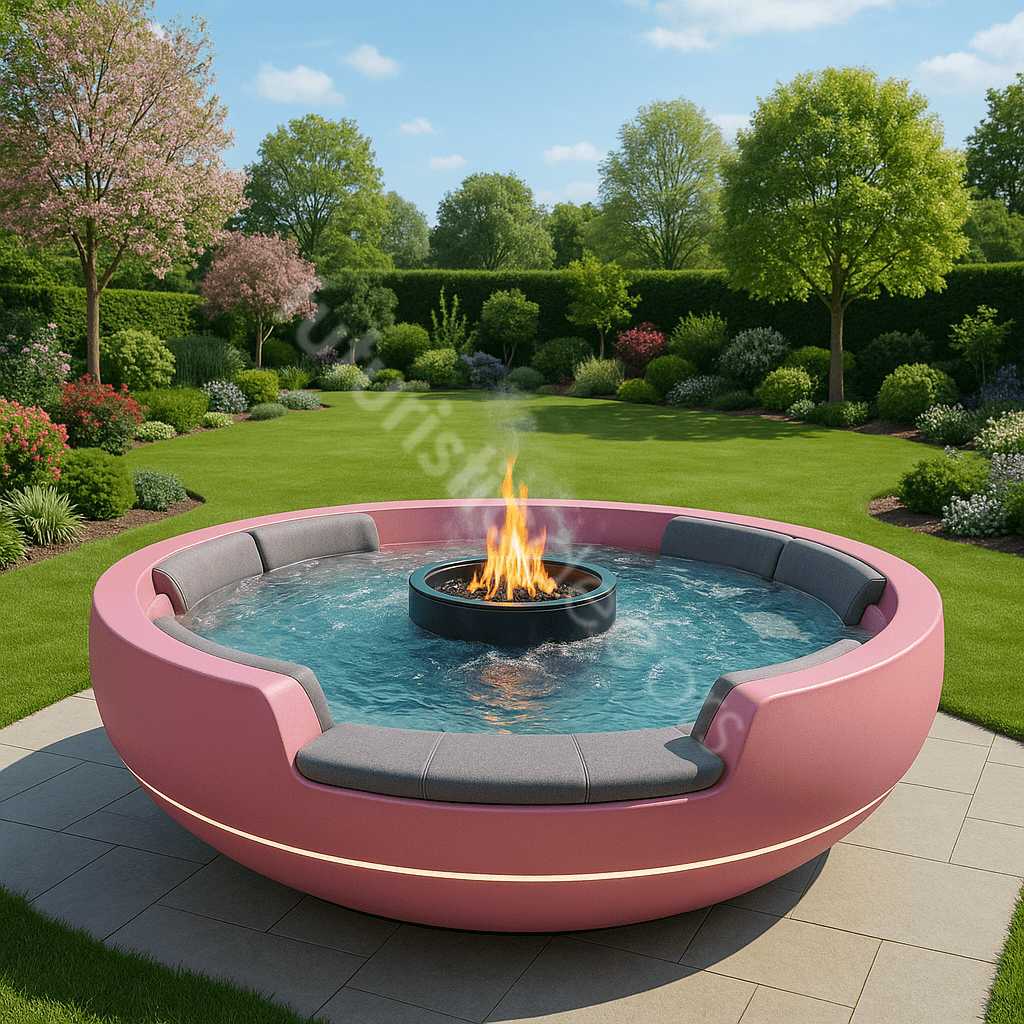
28. Quick-Reference Owner’s Cheatsheet
| Action | Best Practice | Why It Matters |
|---|---|---|
| Pre-Soak Warm-Up | Light fire two hours before guests arrive; lid closed | Traps heat; reaches 102 °F efficiently |
| Firewood Sizing | Split logs to wrist thickness; two pieces per 15 min | Steady BTU output, minimal flare-ups |
| Ideal Soak Duration | 15 – 20 min, then 5-min cool-down on deck | Prevents dehydration and overheating |
| Water Fragrance | Tie dried citrus peels in muslin pouch; remove post-soak | Spa-like aroma without clogging filters |
| Ash Disposal | Scoop cooled ash into metal pail every third burn | Improves airflow; reduces creosote |
| Post-Use Cover | Deploy insulated roll-top within five minutes | Retains 70 % of heat for next session |
| Monthly Deep Clean | Drain; scrub with baking-soda paste; rinse twice | Removes biofilm and mineral scale |
| Annual Gasket Check | Replace silicone seals if compressed below 3 mm | Stops leaks; maintains thermal efficiency |
| Off-Season Storage | Store fire tools indoors; oil coils with mineral oil | Prevents rust; prolongs component life |
| Emergency Cool-Down | Keep garden-hose mist nozzle nearby | Provides rapid relief if a bather feels faint |
Print, laminate, and mount this table near your tub entrance for instant reminders that boost safety and longevity.
29. Glossary of Essential Terms
BTU (British Thermal Unit) – Heat needed to raise 1 lb of water by 1 °F.
Thermosiphon – Passive water circulation driven solely by heat rise.
Creosote – Flammable tar that builds inside chimneys from incomplete combustion.
GFCI – Safety outlet that cuts power instantly when moisture intrusion is detected.
R-Value – Resistance to heat flow; higher numbers mean better insulation.
Shock Treatment – Rapid oxidation of contaminants using chlorine or non-chlorine chemicals.
End Grain – Wood orientation where fibers run vertically, prized for water resistance.
Tannins – Plant compounds that can tint hot-tub water amber.
Draft Damper – Plate that controls air intake to a stove, regulating burn rate.
Slip-Resistance Coefficient – Scale indicating how well a surface prevents slips when wet.
30. Conclusion
A Fire pit Hot Tub is more than a backyard accessory—it is an experiential sculpture that invites warmth, wellness, and wonder into daily life. By harmonizing elemental fire with therapeutic water, this hybrid marvel captures the essence of outdoor luxury living. Whether you choose a DIY cedar kit or commission a bespoke stone masterpiece, the investment rewards you with countless starlit evenings, relaxed muscles, and cherished memories shared around the dance of flame and steam.
Ready to ignite your escape? Let the allure of the Fire pit Hot Tub guide you toward the ultimate backyard transformation.


